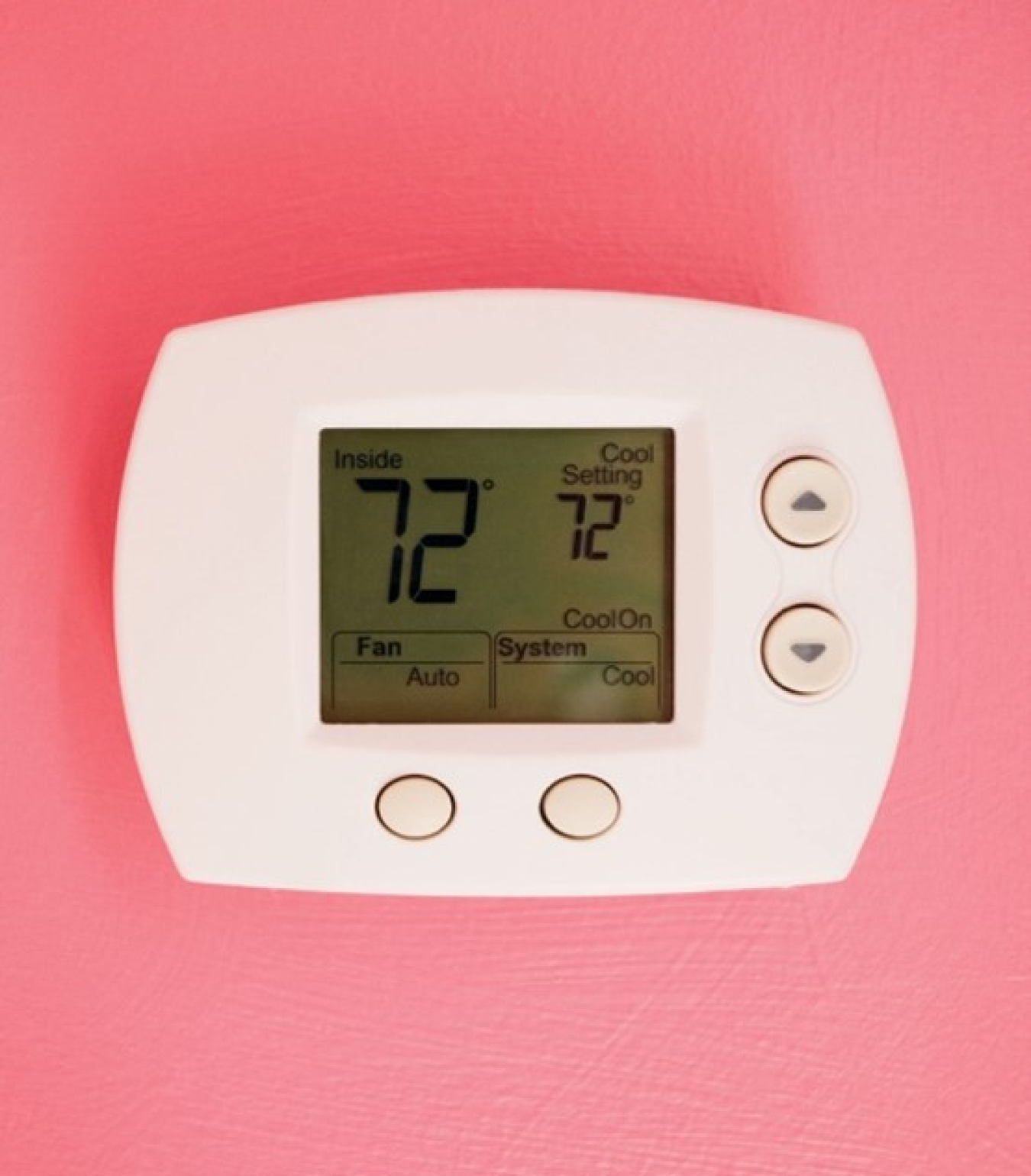PROJECT INFORMATION
Team: Home Innovation Research Labs
Building Component: HVAC
Application: New Construction and Retrofit
Climate Zone: Hot-Humid

Managing indoor humidity is challenging. Newer homes are now equipped with higher levels of insulation, more efficient windows, and tighter building envelopes that have less heat gain during the cooling season, but the moisture and humidity related loads tend to remain about the same, despite tighter construction practices that reduce infiltration of humid outdoor air.
Modern air conditioning systems are very effective at reducing the temperature, but not as effective at removing moisture from the air. This means occupants may lower their thermostat and run air conditioning systems longer in an attempt to dehumidify, only to result in occupants feeling “too cold,” and if indoor humidity still remains high, feeling “cold and clammy.” Another solution may be to install a supplemental dehumidifier, but this can be expensive to purchase and operate, and inconvenient to maintain.
Home Innovation Research Labs worked with manufacturers to increase the dehumidification capability of central, ducted HVAC systems. The team used modified control settings and lower system airflows to optimize dehumidification, while maximizing ventilation during heating and cooling on-cycles, but minimizing ventilation during off-cycles when the air handling fan is operating at a low airflow setting.
This work resulted in controlled indoor humidity well below goals using conventional equipment that is easy to set up and can be applied across brands, models, and efficiency levels.
Learn more about Building America's work.
RELATED PUBLICATIONS
Technical Report: Advanced HVAC Humidity Control for Hot-Humid-Climates

